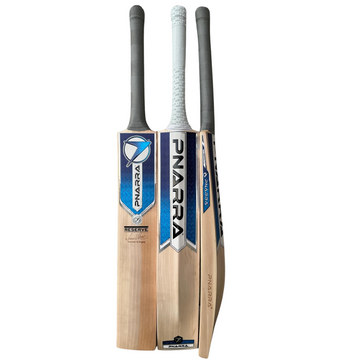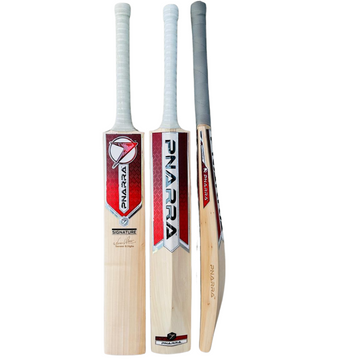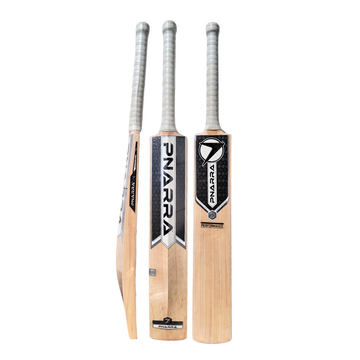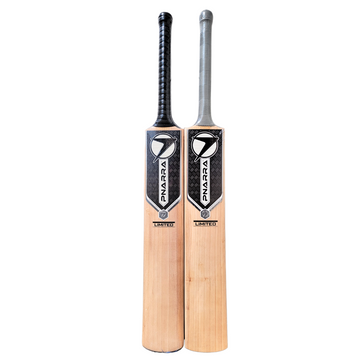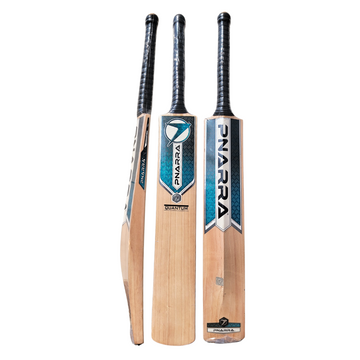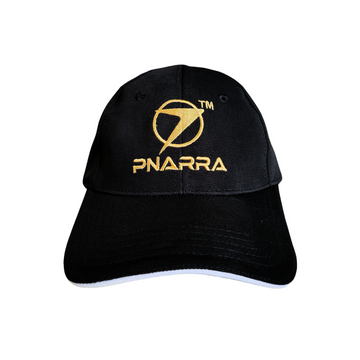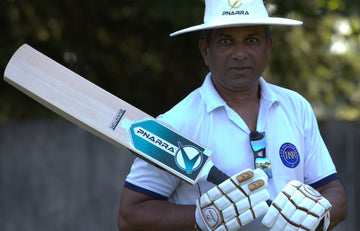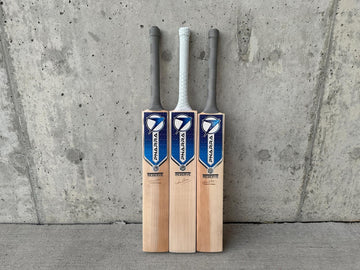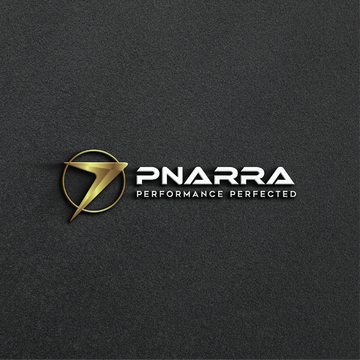Cricket, the gentleman's game, is a sport deeply rooted in tradition and technique. One of the most critical pieces of equipment for any cricketer is the bat. Choosing the right bat is essential, and the two most commonly used types of cricket bats are made from either English willow or Kashmir willow. While both serve the same purpose, they offer different qualities, performance levels, and durability. In this blog post, we will compare the two types of willow to help you decide which bat is best for your game.
1. Origin of the Willows
-
English Willow: As the name suggests, English willow (Salix Alba Caerulea) is grown in England. The climate, soil, and growing conditions in England are ideal for producing this high-quality wood, specifically cultivated for making cricket bats. English willow is softer, has a higher moisture content, and is more fibrous, making it the preferred choice for professional players.
-
Kashmir Willow: Grown predominantly in the Kashmir region of India, this variety comes from the same species of tree as English willow but is grown in a different climate. The conditions in Kashmir make the wood harder and more rigid. While Kashmir willow is not as soft or high-performing as its English counterpart, it is still widely used for cricket bats, especially in amateur or beginner setups.
2. Appearance and Grain Structure
-
English Willow: English willow bats are easily identifiable by their light-colored, creamy wood. These bats typically have straight, visible grains, and more grains (8-12) are seen in premium quality English willow bats. More grains often indicate better performance, especially in terms of power and rebound quality.
-
Kashmir Willow: In contrast, Kashmir willow bats are darker in color, ranging from light brown to reddish hues. The grain structure is less refined, and you may see fewer grains (5-8) than you would on an English willow bat. This can sometimes make it less attractive visually, but for many amateur players, it gets the job done.
3. Performance and Power
-
English Willow: This type of willow is softer and offers greater "ping" or rebound when the ball hits the bat. Because it is lighter and more fibrous, English willow bats generate more power with less effort. This is why they are the choice of most professional cricketers. The softer wood also allows for more flexibility, which can be advantageous when timing shots.
-
Kashmir Willow: Being denser and harder, Kashmir willow does not offer the same level of rebound or power. Players may need to apply more force to hit the ball effectively. However, for amateur or club-level cricketers, this might not make a significant difference, as the speed of bowling and level of competition is not as high as professional levels.
4. Durability
-
English Willow: English willow bats require more maintenance. Since the wood is softer, it is more prone to cracks, dents, and damage, especially if not properly prepared or used with a protective cover. Regular oiling and knocking-in are crucial for extending its lifespan.
-
Kashmir Willow: Kashmir willow, being harder and denser, is more durable and resistant to wear and tear. These bats can take more punishment without getting damaged as quickly as English willow bats. For younger players or those who play occasionally, a Kashmir willow bat may prove to be a more long-lasting option.
5. Cost
-
English Willow: English willow bats are significantly more expensive due to the quality of the wood and the fact that they are mostly handcrafted. A good quality English willow bat can cost anywhere from $200 to over $1000, depending on the grade of the willow.
-
Kashmir Willow: Kashmir willow bats are much more affordable, making them ideal for beginners, casual players, or those who don't want to invest heavily in cricket equipment. Prices for Kashmir willow bats can range from $30 to $200, depending on the brand and craftsmanship.
6. Target Audience
-
English Willow: These bats are designed for professionals and serious cricketers who play regularly and want the best performance from their equipment. Their higher price tag reflects the superior quality and craftsmanship that goes into making each bat.
-
Kashmir Willow: Ideal for beginners, casual players, or young cricketers, Kashmir willow bats are often seen as an entry-level option. While they may not offer the same performance as English willow, they are more than adequate for players at lower levels or for those just starting in the sport.
7. Which Bat is Right for You?
-
English Willow: If you're a serious cricketer looking for top-notch performance and you're willing to invest in a premium product, English willow is the clear choice. It's perfect for those who play at higher levels, where the quality of your equipment can have a significant impact on your game.
-
Kashmir Willow: If you're a beginner, casual player, or someone on a budget, Kashmir willow bats offer good value for money. They are durable, affordable, and more than capable of delivering decent performance for non-professional play.
Conclusion
Both English willow and Kashmir willow cricket bats have their own advantages, and the right choice depends on your playing level, budget, and how seriously you take the game. English willow bats offer superior performance and power but at a higher cost and maintenance level, making them suitable for advanced players. On the other hand, Kashmir willow bats provide good durability and affordability, making them ideal for beginners or those who play occasionally.
In the end, the bat you choose should complement your playing style and level of experience. Whether you're aiming for the stars with an English willow bat or mastering your technique with a Kashmir willow, the right bat will undoubtedly enhance your cricketing journey.

